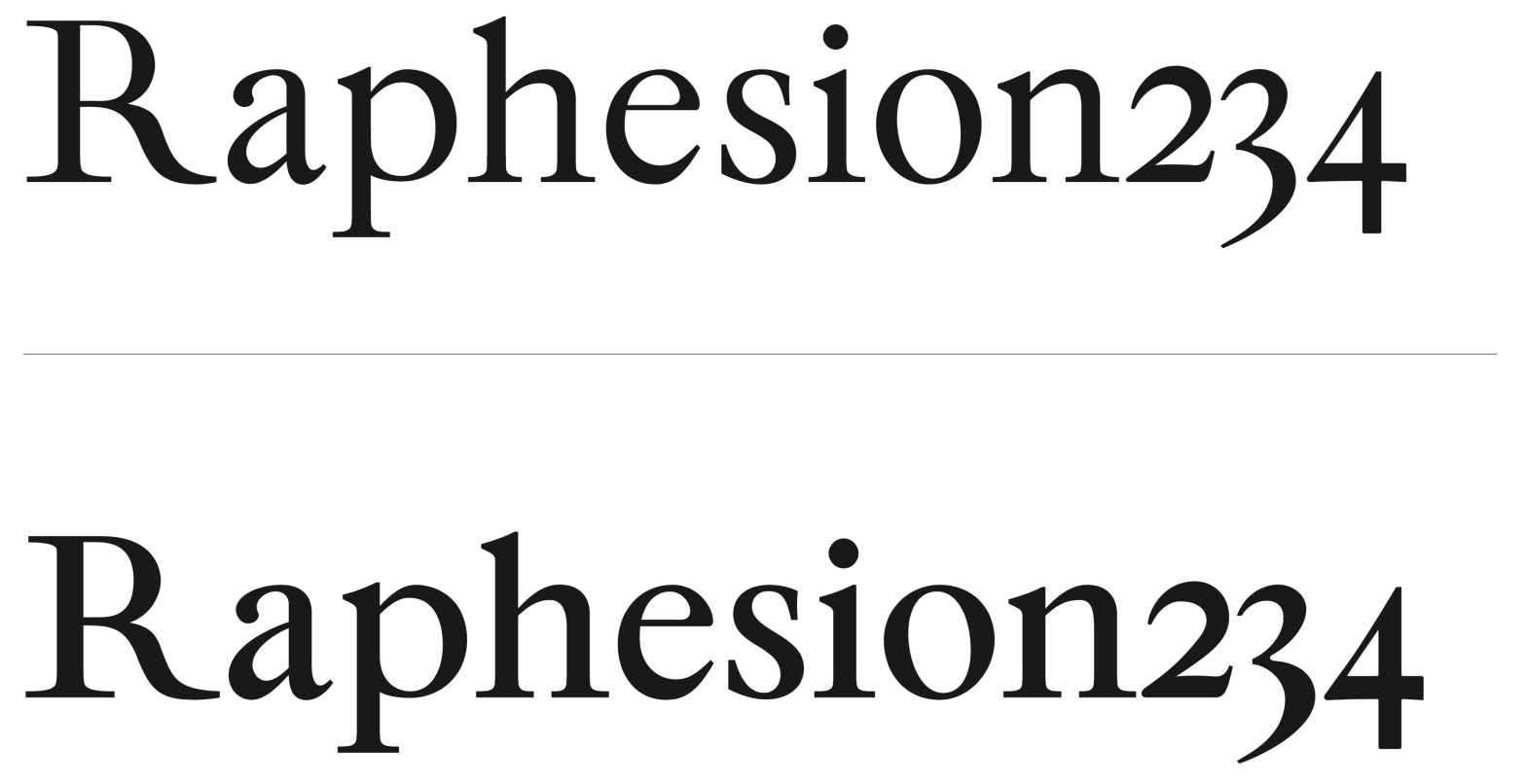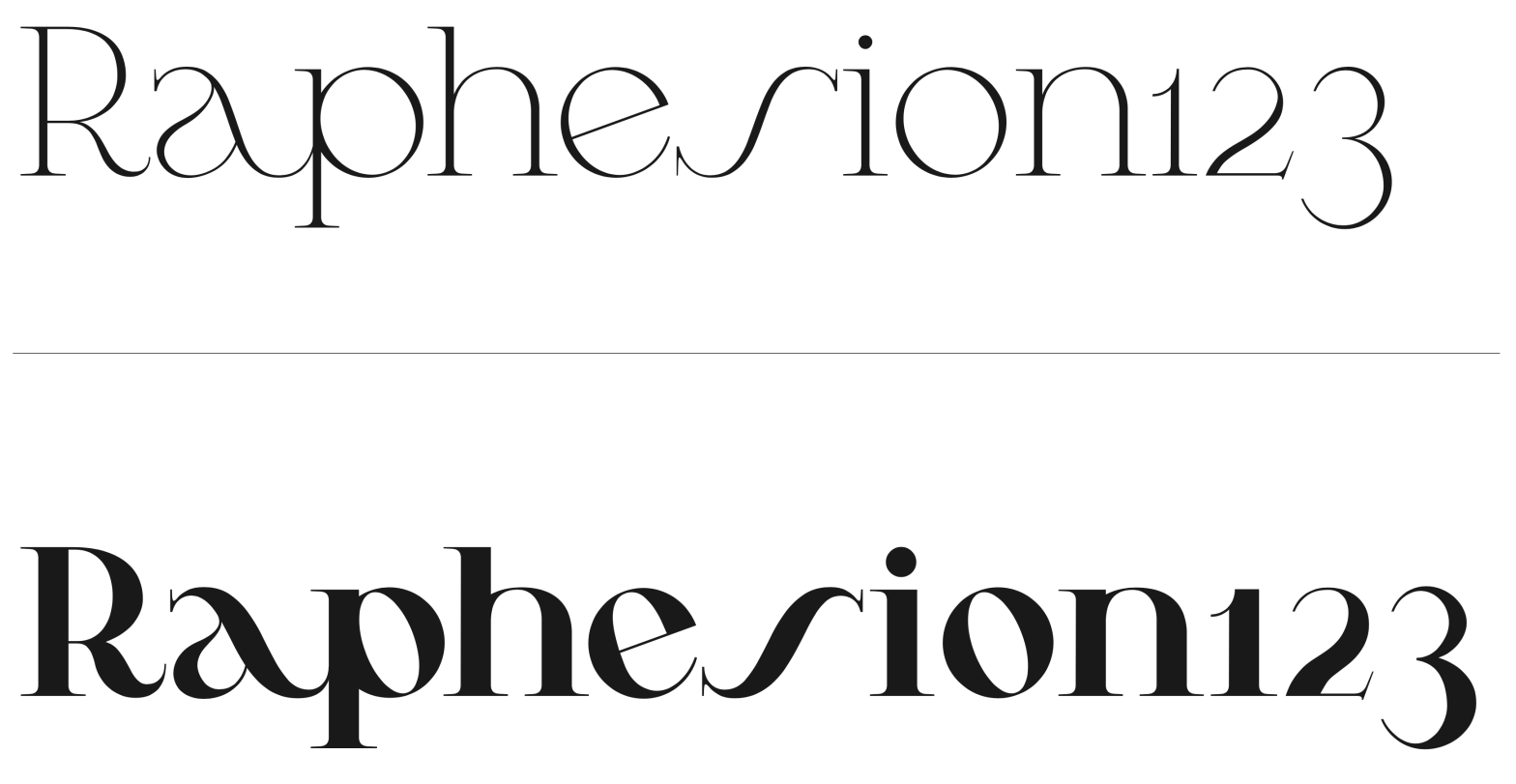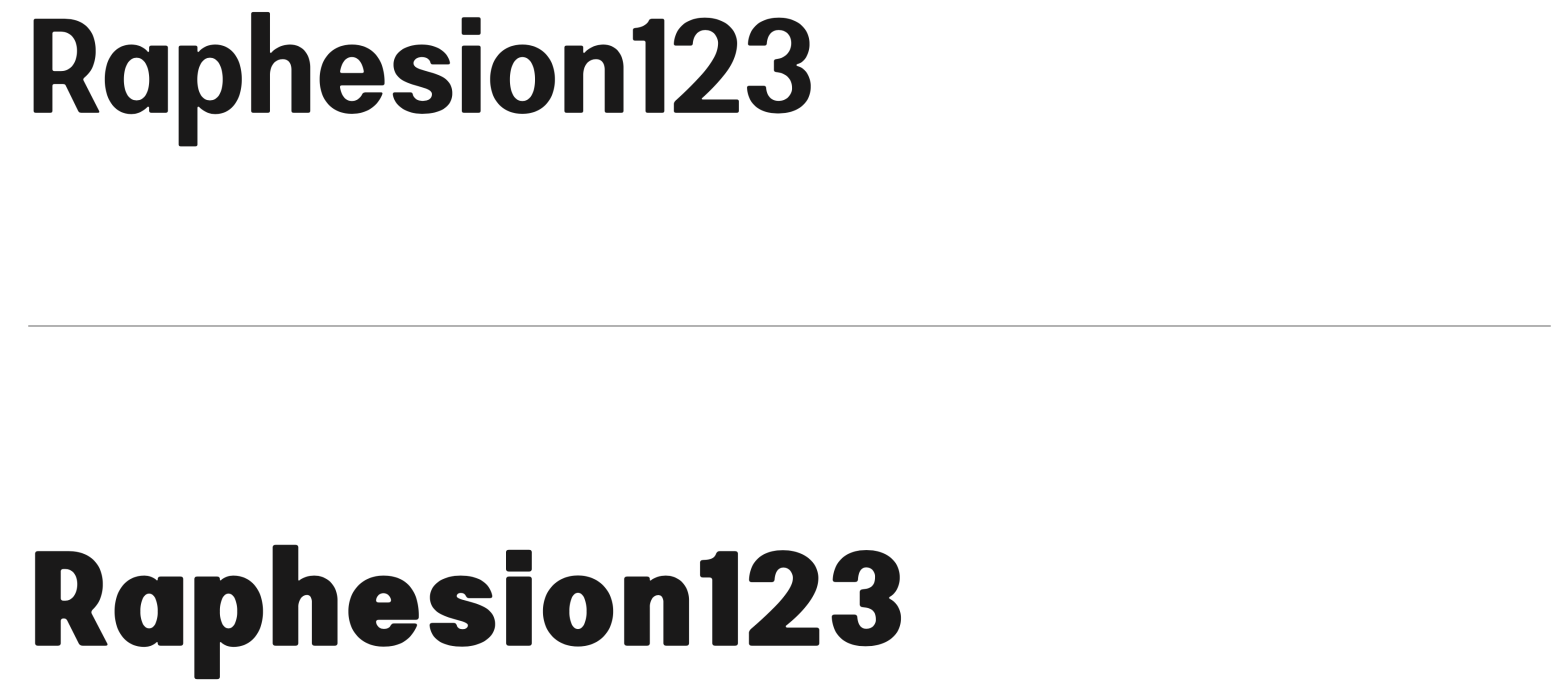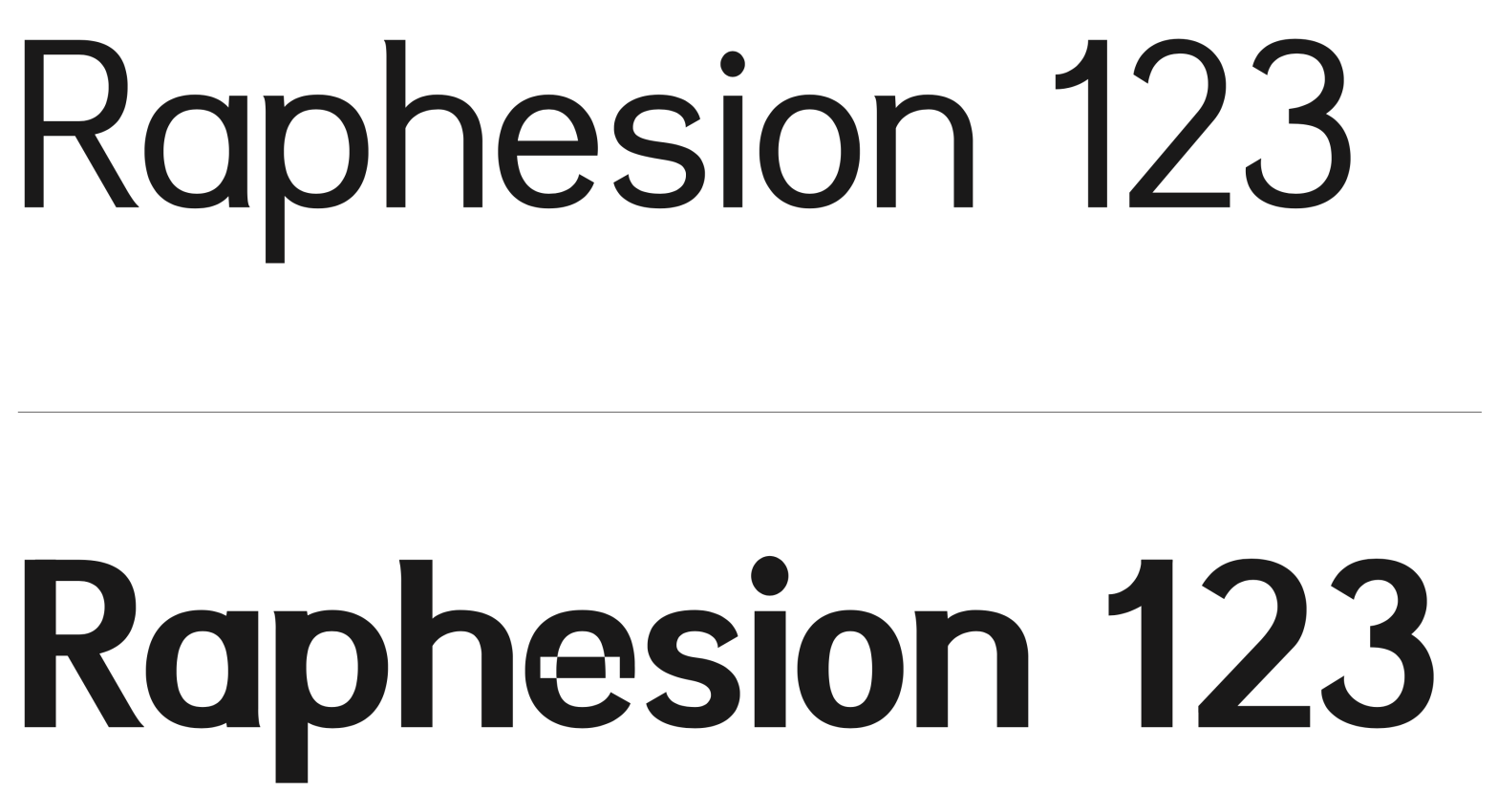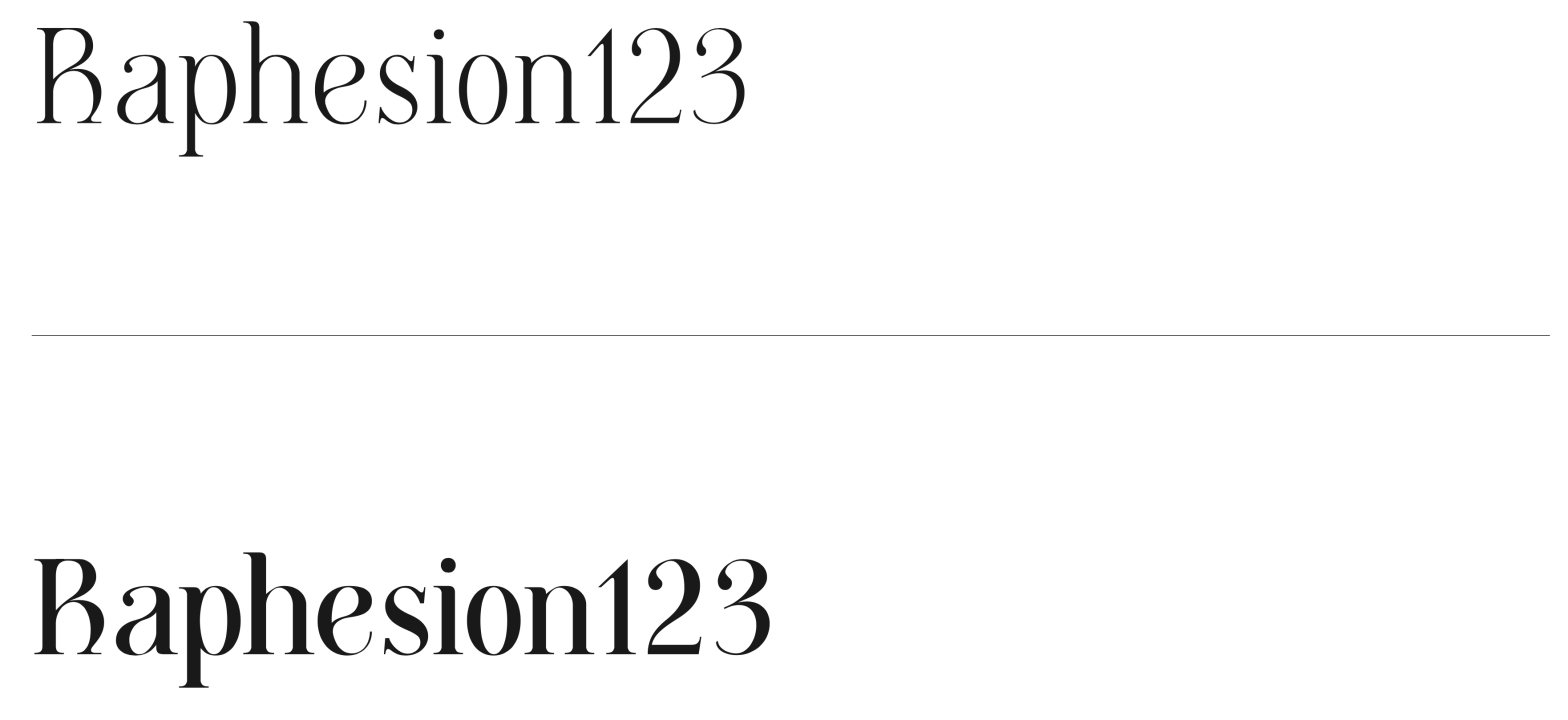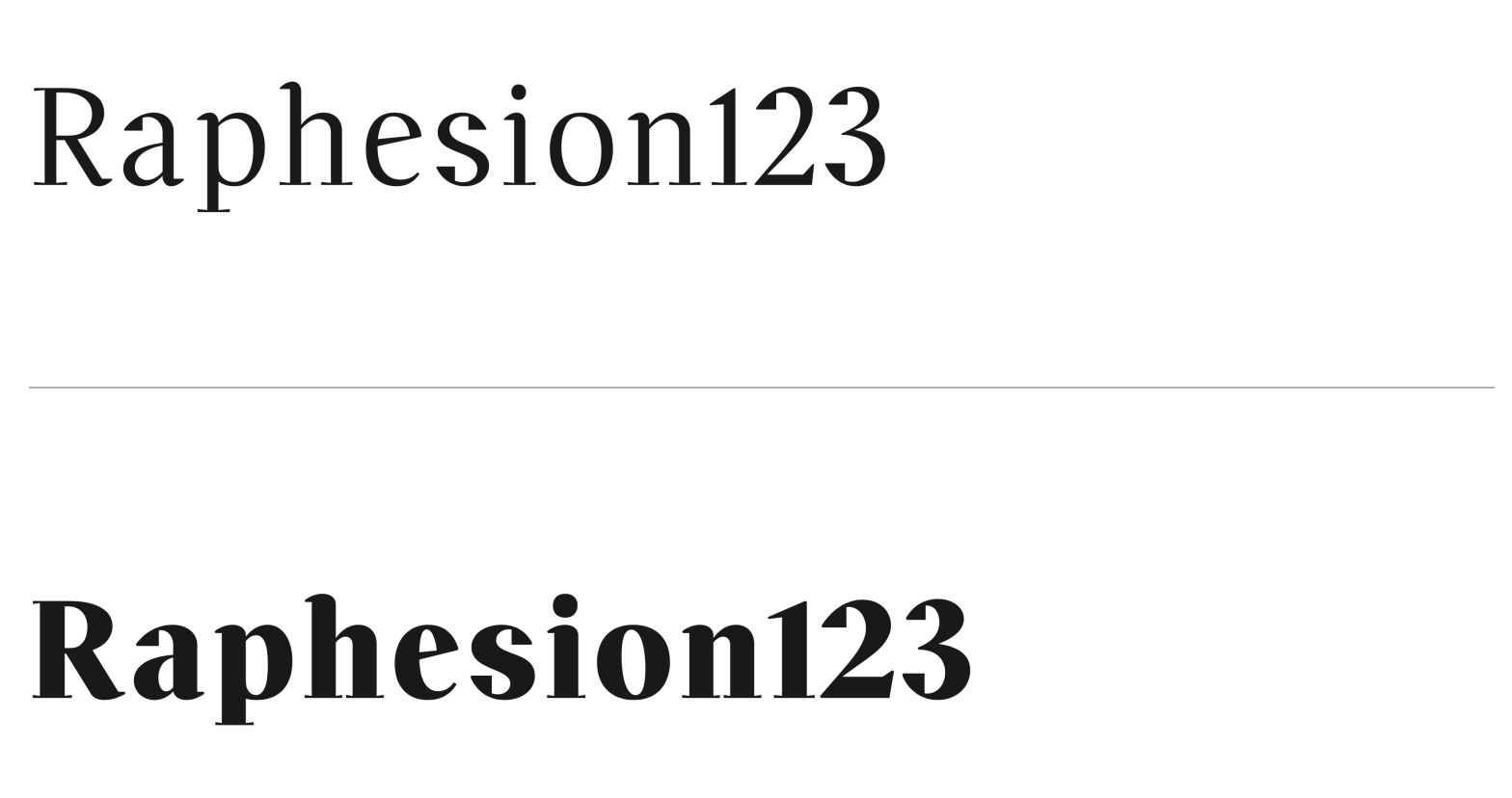Student: Rita SoaresClassification: Transitional Serif with Garalde InfluencesVariation Axis: Weight (with high stroke contrast) Villeneuf is a Transitional display typeface with Garalde influences, developed by a student in the 2024–25 Typeface Design course at FBAUP. The project reinterprets the historical JVilleneuve typeface (2006) by Portuguese sculptor and typographer Manuel Pereira da Silva, blending its heritage… Continue reading Villeneuf
Author: Pedro Amado
Pedro Amado. Associate Professor at FBAUP. Integrated researcher of the i2ADS research institute.
Pena
Student: Luís LopesClassification: Geometric Serif (Modern/Didone with Art Nouveau influences)Variation Axis: Weight (Regular–Bold) Pena is a geometric serif display typeface designed by a student in the 2024–25 Typeface Design course at FBAUP. The project explores revivalism through juxtaposition, blending 1920s Portuguese typographic aesthetics with the clarity and precision of contemporary digital design. Rooted in the… Continue reading Pena
Bili
Student: Lília AmaroClassification: Hybrid Sans Serif — Geometric, Neo-Grotesque, and Neo-HumanistVariation Axis: Weight (emphasis on bold interpolation) Bili is a hybrid sans serif display typeface designed by a student in the 2024–25 Typeface Design course at FBAUP. It merges characteristics from three typographic traditions — geometric sans, neo-grotesque, and neo-humanist — resulting in a visually… Continue reading Bili
Cafuné
Student: Katharina Veronika FeddeClassification: Geometric Sans Serif (Vox-Atypi: Lineal – Geometric; DIN 16518: Constructed Grotesque)Variation Axis: Weight (Regular–ExtraBold) Cafuné is a geometric sans serif display typeface designed by a student in the 2024–25 Typeface Design course at FBAUP. Inspired by the uniform-line signage on a wrought iron gate near Porto’s Palácio de Cristal, the project… Continue reading Cafuné
Unnamed
Student: Julien LimaClassification: Transitional Serif (Vox-Atypi)Variation Axis: Weight (Regular–SemiBold) Unnamed is a transitional serif typeface designed by a student in the 2024–25 Typeface Design course at FBAUP. Inspired by Minion Pro, it pays homage to late 18th-century Neoclassical serif types while aiming for balance, legibility, and editorial versatility. Conceived initially in Regular (400) and interpolated… Continue reading Unnamed
Janz Type
Student :Juan Sebastián Diaz HolguínClassification: Grotesque Sans Serif (Modern)Variation Axis: Weight (Regular–ExtraBold) Janz Type is a modern grotesque sans serif typeface developed by a student in the 2024–25 Typeface Design course at FBAUP. The name derives from the designer’s own — Juan Díaz — reflecting a personal approach to typographic identity and authorship. Inspired by… Continue reading Janz Type
Cunty
Student: João TomásClassification: Modern Serif (Didone, Vox-Atypi)Variation Axis: Weight (Regular–Bold) Cunty is a modern serif display typeface that draws inspiration from Bodoni and PP Editorial New, embracing the high contrast and vertical stress typical of Didone models. Designed by a student in the 2024–25 Typeface Design course at FBAUP, the typeface introduces a more fluid… Continue reading Cunty
Orbis
Student: Bruna SilvaClassification: Geometric Sans Serif (Modern)Variation Axis: Weight (Regular–Bold) Orbis is a geometric sans serif display typeface designed by Bruna Silva, blending legibility and modularity in both print and digital contexts. Inspired by typefaces such as Futura and SK Nomerok, it draws from the Constructivist and Modernist visual traditions to convey a strong, expressive… Continue reading Orbis
Off Serif
Student: André do Carmo GonçalvesClassification: Didone (Modern Serif – R-Vox)Variation Axis: Weight (5 instances: Regular to ExtraBold) Off Serif is a high-contrast, modern serif display typeface developed as part of an assignment exploring the stroke theory of Gerrit Noordzij. While rooted in the foundational hand, it deliberately deviates from tradition to evoke a delicate balance… Continue reading Off Serif
Copyright Information
When a digital type design project is ready for publishing and distribution, it is important to check your legal information before exporting the final WOFF, OpenType and Variable Font files. This year, students have been asking how to do this. The final copyrights notice and legal (EULA) license information is the target of much discussion… Continue reading Copyright Information
